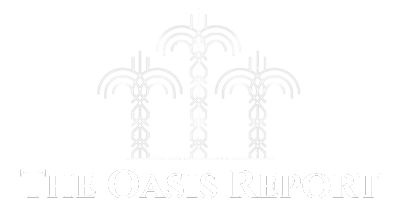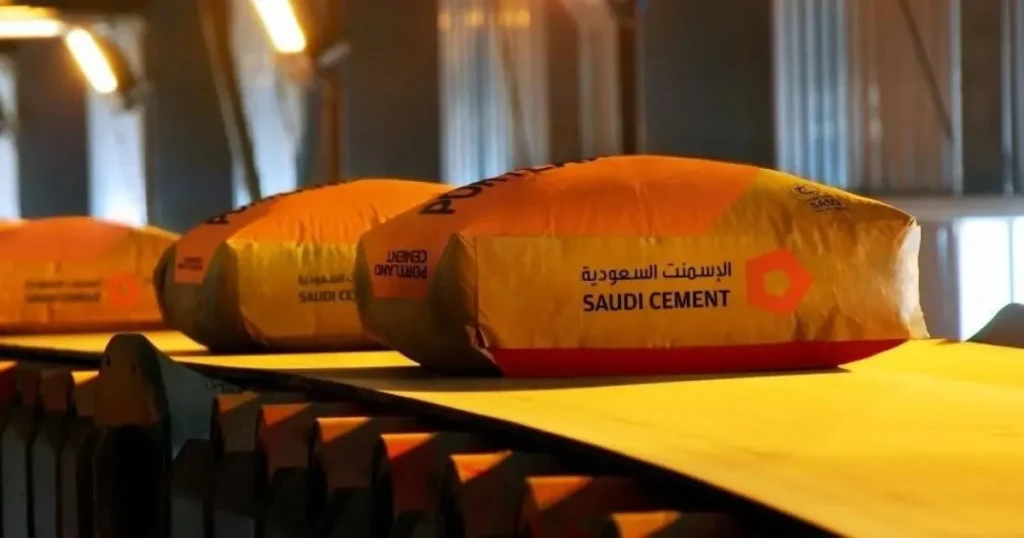Saudi Arabia’s cement sector delivered strong top-line growth in the first quarter of 2025, with total sales surpassing $800 million (SAR3 billion), reflecting an 8.5% year-on-year increase.
However, rising operational costs weighed on bottom lines, with industry-wide net profits slipping 16.3% to $182 million (SAR648 million), down from SAR774 million a year earlier.
Among the 14 publicly listed cement producers on the Saudi exchange, 13 posted net profits during the first quarter. The exception was Al Jouf Cement, which recorded a loss of SAR 15.2 million. The company attributed its ongoing losses to rising production expenses, increased marketing costs, and higher financing burdens.
Yamama Cement emerged as the most profitable firm, reporting SAR142 million in net income, a 23.5% jump from Q1 2024. The company credited the gains to both increased sales volumes and improved average selling prices.
Saudi Cement posted the second-highest profit at SAR108 million, though this represented a 4.7% decline year-on-year. The drop was attributed to lower sales volumes, declining revenue from secondary sources, and higher general and administrative expenses.
Qassim Cement ranked third, with SAR94 million in profit, up 26.8% from the same period last year. The company cited stronger sales and reduced operating costs, including sales and administrative expenses.
According to Dr. Suleiman Al-Khalidi, a financial analyst and member of the Saudi Economic Association, the Q1 performance reflects improving conditions for the cement industry after years of volatility. “We are witnessing signs of stabilization, with companies optimizing operational costs and improving efficiency,” he said.
Al-Khalidi forecasts steady growth in domestic cement demand, driven by large-scale infrastructure initiatives tied to Vision 2030, such as NEOM, Qiddiya, and the Red Sea Project. He also pointed to upcoming global events and housing expansions as key demand drivers.
He noted that ongoing market momentum may prompt mergers and strategic alliances within the sector, increasing competitiveness and scale.
Mohamed Omar, CEO of G World and a regional economic analyst, described the sector’s combined SAR656 million in Q1 profits as a sign of solid demand and improving market stability. “The growth is supported by a rise in mega-projects, public infrastructure investment, and a resurgence in the private construction sector,” he said.
Omar expects the positive trend to continue but cautioned that cement producers must remain agile in the face of rising energy and raw material costs. He urged companies to invest in energy-efficient and environmentally friendly technologies to sustain margins.



